Congratulations! You’ve taken the plunge, made the decision, and chosen Australia as your ultimate destination for an extraordinary adventure. Picture this: the open road stretching out before you, the promise of new experiences around every bend, and the laughter of your children echoing through the caravan. Welcome to the start of an epic journey – welcome to your Australia road trip.
As a family who has traversed the vast landscapes of Australia, we understand the mix of excitement and trepidation that comes with planning such an ambitious voyage. But fear not, for in this Australia travel guide, we’ll be your compass, guiding you through every step of the way, from meticulous planning to unforgettable moments on the road.
So, buckle up, adjust your rearview mirror, and let’s dive into the adventure of a lifetime.
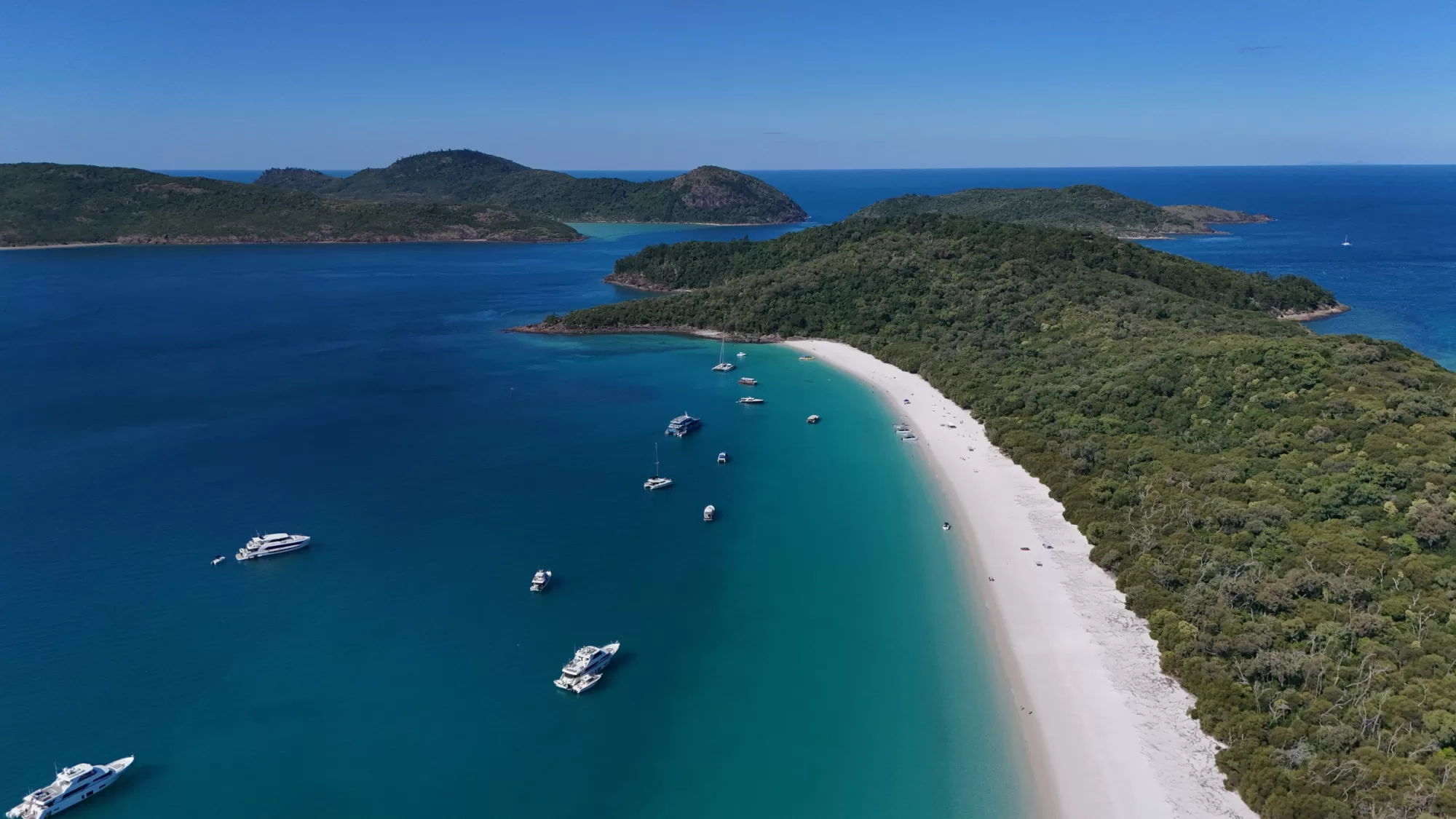
Planning and To-Do Checklist
Embarking on a journey around Australia with your family is an exciting prospect, but it requires meticulous planning and organization. Here’s a detailed checklist to help you get started:
Setting a Specific Date
Choose a departure date that works for your family and aligns with your travel goals. Consider factors like school holidays, work commitments, and seasonal weather patterns when making your decision. Additionally, keep in mind any major events or festivals happening along your route that you may want to attend.
Considerations Before Long-Term Travel
Take a step back and assess the big picture of your trip. Determine your destination, the type of trip (e.g., leisurely exploration or action-packed adventure), and the overall duration. This will lay the groundwork for your detailed planning process. Research different travel routes and points of interest to create a rough itinerary.
Essential Documents
Gather all necessary travel documents, including passports, visas, travel insurance policies, and any required permits or licenses. Ensure that passports are valid for the duration of your trip and that you have the appropriate visas for each country you plan to visit. Make copies of important documents and store them securely in case of loss or theft.
Itinerary
Sketch out a rough itinerary outlining your planned route, major destinations, and key activities. While flexibility is essential, having a basic plan in place will help you make the most of your time on the road and ensure you don’t miss out on must-see attractions. Research attractions and activities in each destination to prioritize your time effectively.
Budget and Costs
Calculate your travel budget, taking into account expenses such as transportation, accommodation, meals, activities, and emergency funds. Research average costs for your intended destinations and factor in any additional expenses for souvenirs or unexpected emergencies. Look for ways to save money, such as cooking meals at your accommodation or taking advantage of free activities and attractions.
Flights
Book your flights well in advance to secure the best deals and availability. Consider factors like travel time, layovers, and airline policies regarding baggage allowances and child fares. Look for airlines that offer family-friendly amenities, such as priority boarding or in-flight entertainment for children.
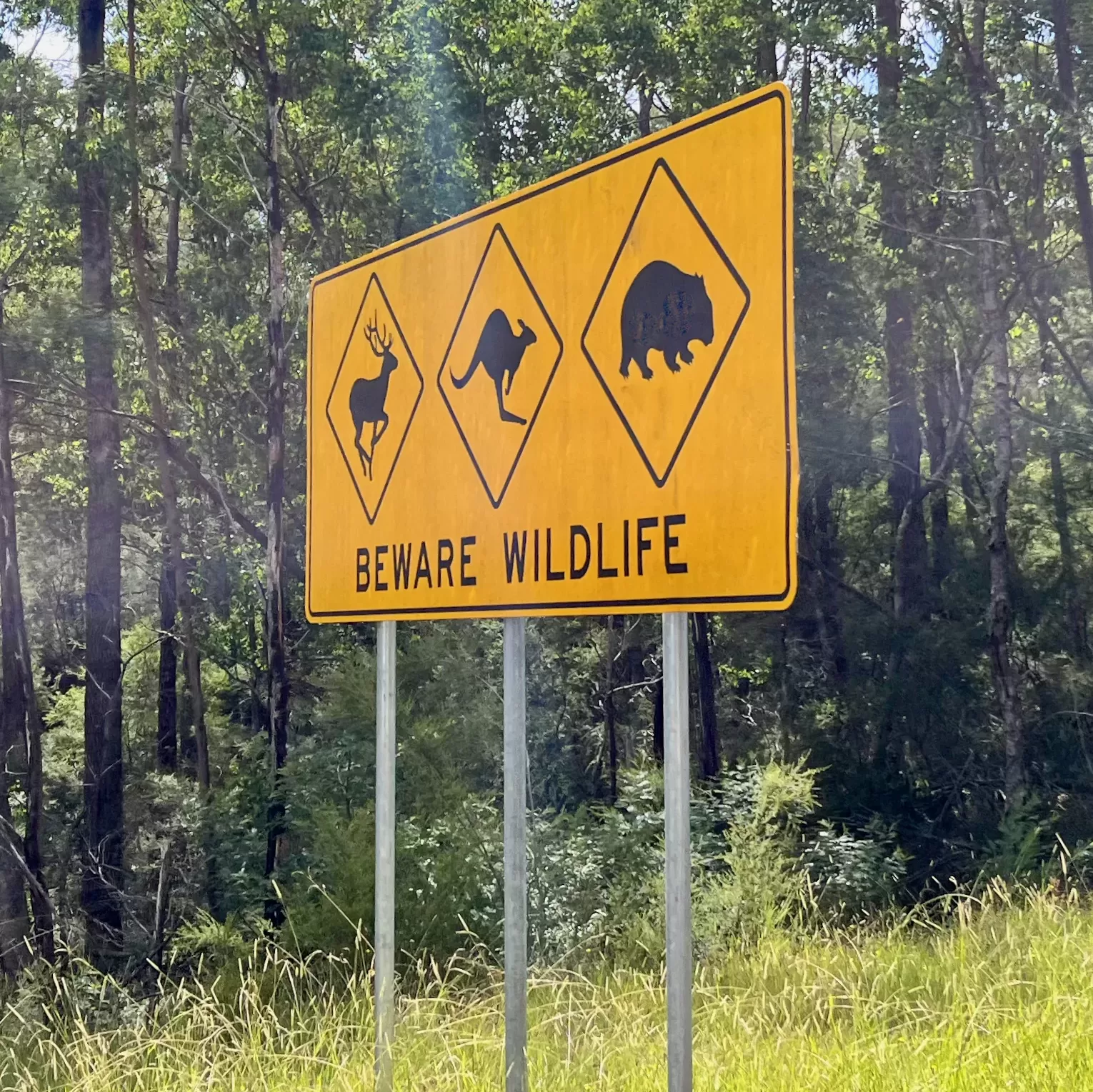
Travel Logistics
Decide on your mode of transportation, whether it’s renting a camper van, purchasing a caravan, or using your own vehicle. Research rental options, vehicle specifications, and insurance coverage to find the best fit for your family’s needs. Plan your driving routes carefully, considering factors like road conditions, driving distances, and fuel stops.
Accommodation
Research and book your accommodations in advance, especially during peak travel seasons. Consider a mix of camping, caravan parks, and traditional lodging options to suit your preferences and budget. Look for family-friendly accommodations with amenities like playgrounds, swimming pools, and laundry facilities. For more information click here.
Health and Safety
Schedule any necessary vaccinations and medical check-ups well in advance of your departure date. Pack a comprehensive first-aid kit and familiarize yourself with local health risks and emergency protocols. Research the availability of medical facilities along your route and consider purchasing travel insurance for added peace of mind.
Essential Information
Familiarize yourself with local customs, languages, and safety guidelines for each destination on your itinerary. Research currency exchange rates, electrical plug types, and any other practical information that will make your journey smoother. Stay informed about local laws and regulations, including speed limits, driving rules, and alcohol consumption restrictions.
Other Useful Information
Stay informed about local weather patterns, natural hazards, and wildlife encounters. Research local attractions, activities, and dining options to enhance your travel experience. Consider purchasing a guidebook or downloading travel apps to help you navigate unfamiliar destinations and discover hidden gems along the way.
By following this checklist and carefully planning each aspect of your trip, you’ll be well-prepared to embark on an unforgettable adventure around Australia with your family. So roll up your sleeves, grab a pen, and start ticking off those boxes – the journey of a lifetime awaits!
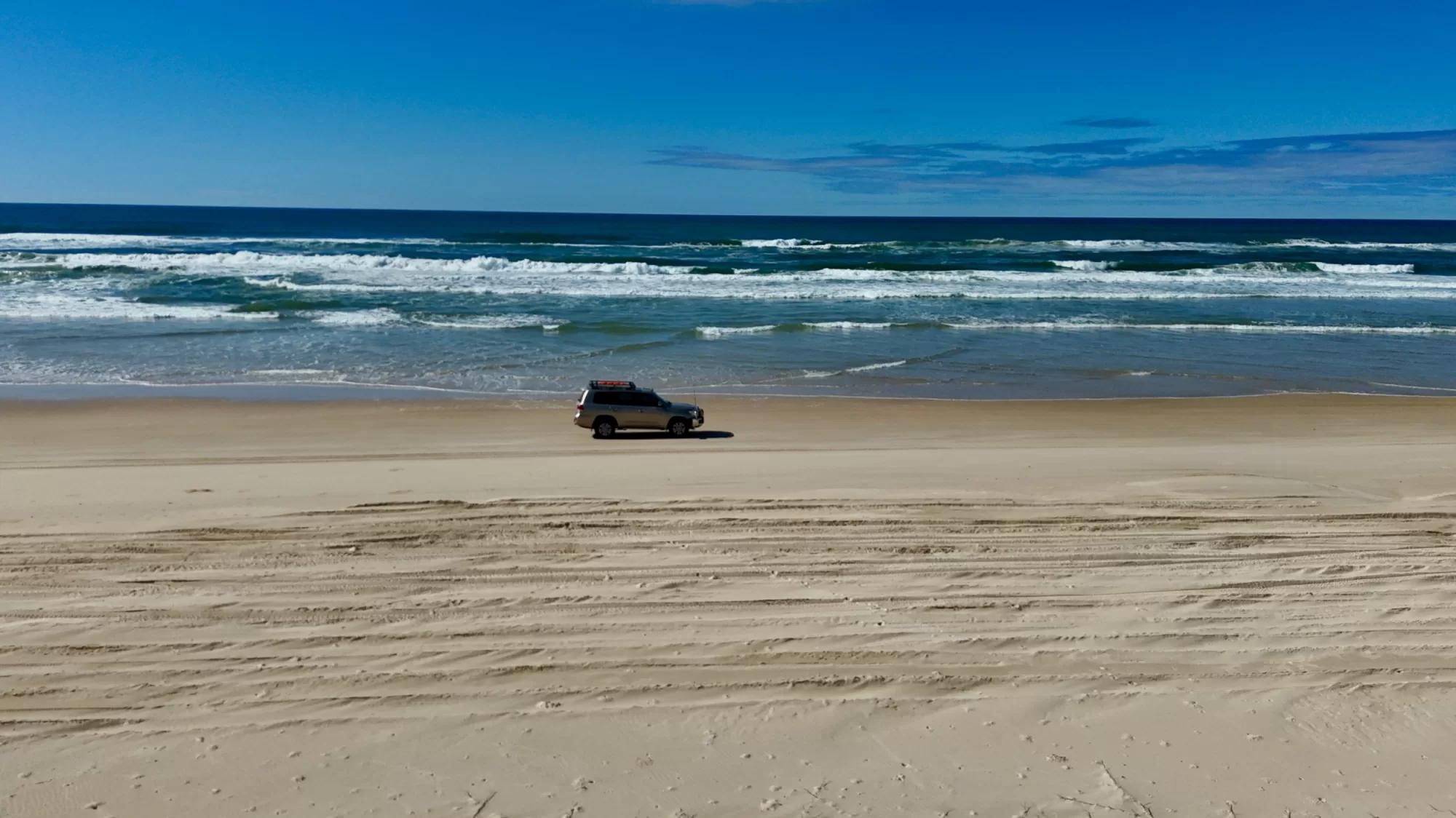
Budget and Costs
Embarking on a year-long road trip around Australia requires careful financial planning. Here’s a breakdown to help manage your budget effectively:
Available Budget/Income Stream
Assess your financial resources and decide on the type of travel experience you aim for – whether it’s a budget-conscious journey, a mid-range adventure, or a luxurious escape.
Estimating Overall Expenses
Calculate the total expenses for your trip, considering factors such as the season, number of travellers, chosen budget level, and trip duration. Refer to our monthly/annual budget overview for detailed insights.
Real Costs
Track your actual expenses to compare against your estimates. Check out our cost overview for a comprehensive comparison.
Tips for Saving Money on the Road
Stay tuned for our upcoming article How to save money on a road trip. Meanwhile, consider strategies like cooking meals instead of dining out, leveraging free or low-cost activities, and using discount cards or memberships for accommodation and attractions.
We’ve divided the costs into three main sections to streamline your planning:
Initial (Pre-trip Expenses)
Budget for visa fees, travel insurance, flights, and essential gear required before departure.
After Landing (Preparation Phase)
Allocate funds for purchasing or renting your vehicle, caravan, and additional equipment upon arrival in Australia.
On-the-Road Budget
Plan for ongoing expenses such as fuel, accommodation, food, activities, and other miscellaneous costs like services, repairs, and parking fees.
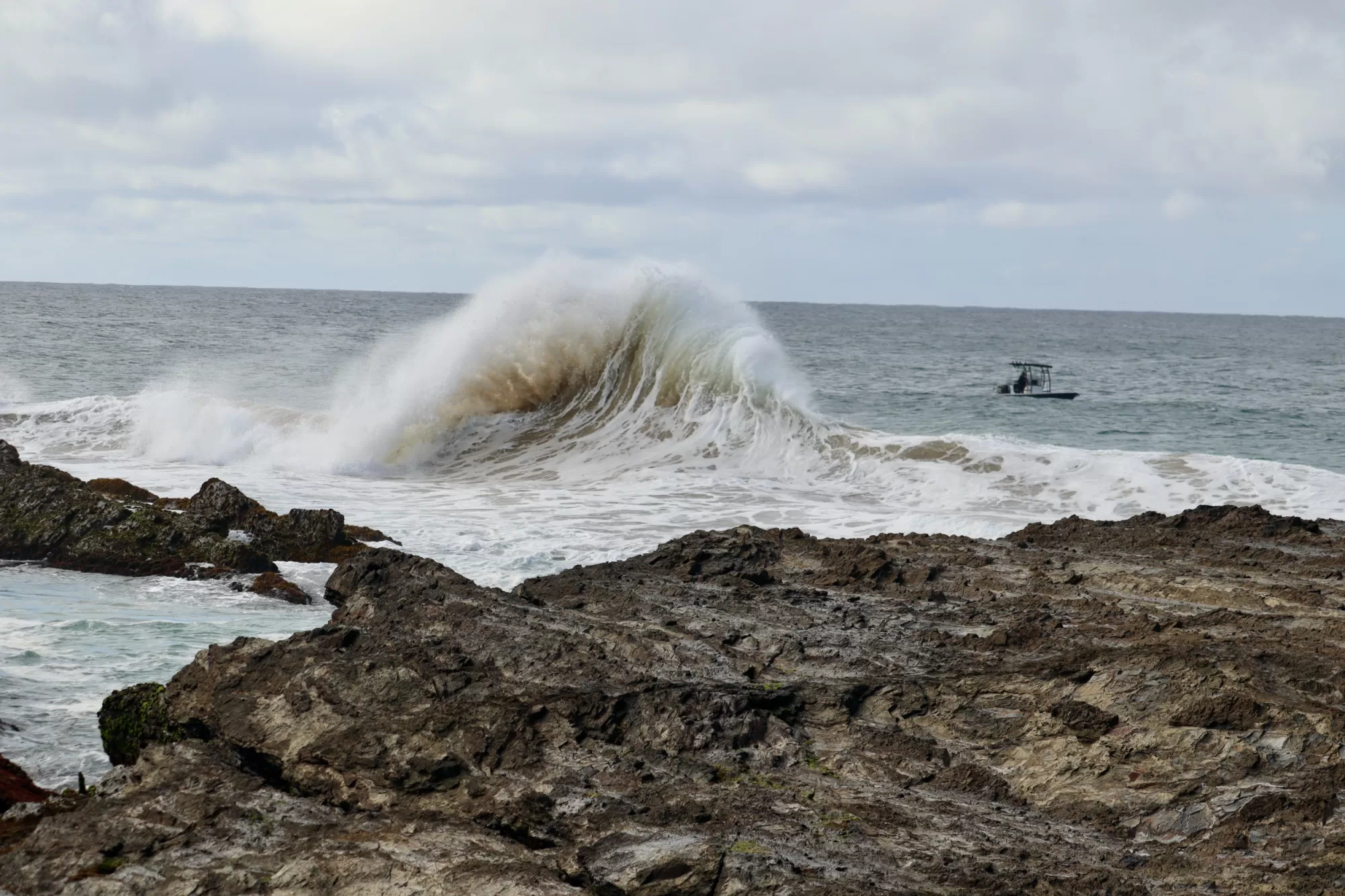
Time and Season
Australia’s vast size encompasses diverse climate zones, so understanding the weather patterns is crucial for planning your road trip:
Understanding Australia’s Climate Variations
Australia experiences a range of climates, from tropical in the north to temperate in the south. The country is divided into various climatic regions, including tropical, subtropical, desert, and temperate zones. Each region has its own unique weather characteristics and seasonal variations.
Temperatures
Temperature ranges vary significantly across Australia. In the tropical north, temperatures can soar above 30°C (86°F) year-round, with high humidity during the wet season. In contrast, southern regions experience cooler temperatures, especially during the winter months, with average highs ranging from 10°C to 20°C (50°F to 68°F).
Navigating Between Wet and Dry Seasons
Australia experiences distinct wet and dry seasons in different regions. The northern parts of the country typically have a wet season from November to April, characterized by heavy rainfall, thunderstorms, and high humidity. The dry season, from May to October, offers more comfortable temperatures and less precipitation, making it ideal for travel and outdoor activities.
Tides, Rain, Wind
When planning your road trip, consider factors such as tidal movements, rainfall patterns, and wind conditions. Coastal regions are influenced by tides, with some areas experiencing significant tidal variations that can affect beach access and camping locations. Additionally, be prepared for occasional rainfall, especially during the wet season, and consider wind conditions, particularly if you’re planning outdoor activities like beach camping or hiking.
Understanding these climate variations and seasonal patterns will help you plan your road trip itinerary effectively, ensuring an enjoyable and safe journey across Australia’s diverse landscapes, for more information about Australia’s climate click here.
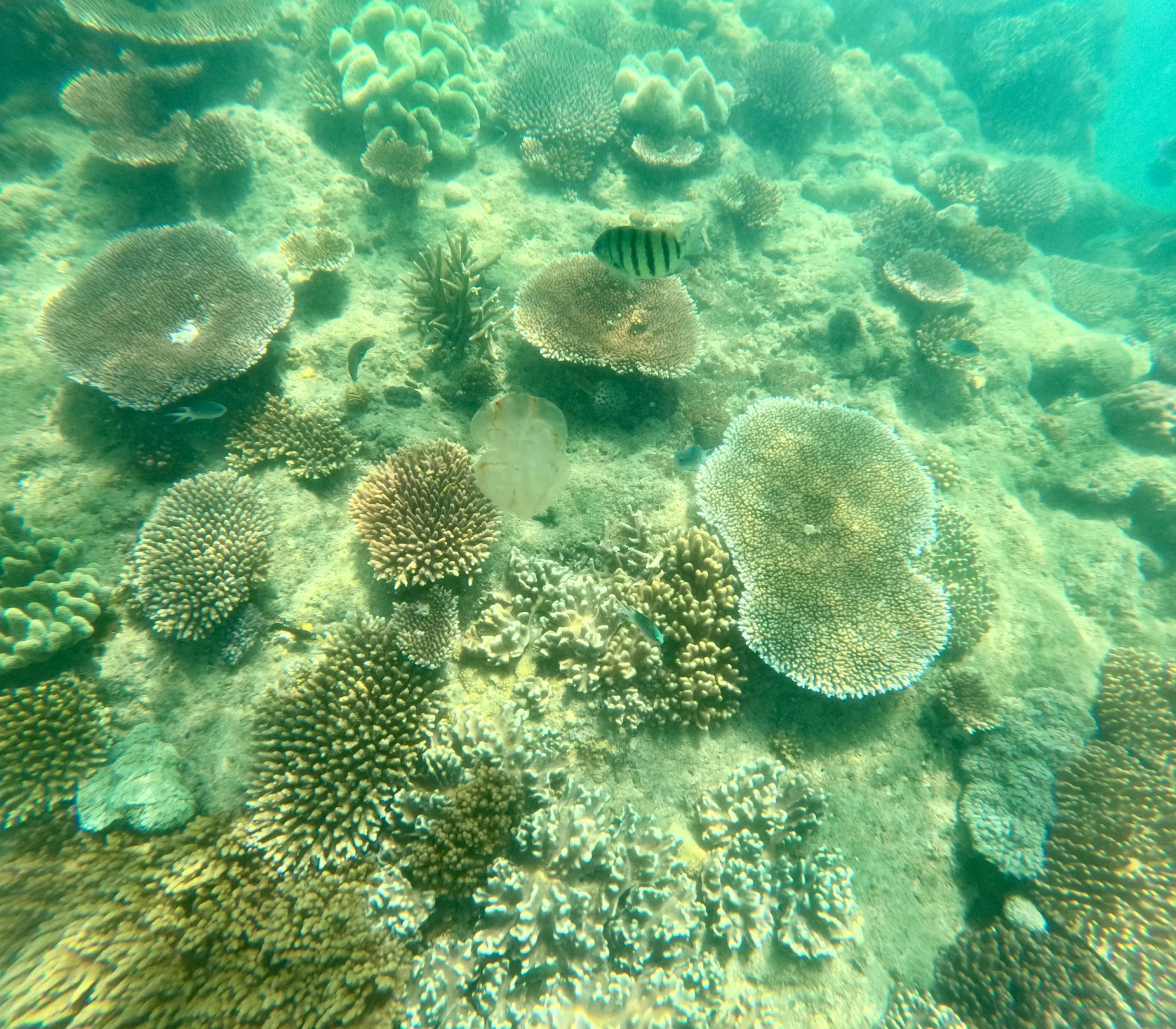
Insurance and Visas
When embarking on a road trip around Australia, it’s essential to address insurance and visa requirements to ensure a smooth and hassle-free journey:
Securing Insurance
Insurance is crucial for protecting yourself, your family, and your belongings during your Australian road trip. Consider obtaining comprehensive insurance coverage for your trip that includes medical expenses, emergency evacuation, trip cancellation as well as vehicle insurance, alternatively, you can opt for separate health, travel, and vehicle insurance. Health care in Australia can be expensive for international visitors, so having adequate health insurance is crucial. Travel insurance can provide coverage for trip cancellations, medical emergencies, and lost or stolen belongings. Additionally, consider insurance options for your vehicle, including caravan insurance and roadside assistance (we definitely recommend it) to protect against unexpected expenses. Given the remote nature of many Australian destinations, medical evacuation coverage is particularly important in case of emergencies.
Understanding Biosecurity and Border Control Regulations
Australia has strict biosecurity regulations to prevent the introduction of pests, diseases, and contaminants. Familiarize yourself with the biosecurity requirements before entering the country to avoid any issues at customs. Be aware of prohibited items such as fresh fruits, vegetables, and animal products, and declare any items that may be subject to inspection. Failure to comply with biosecurity regulations can result in hefty fines and penalties. For information about Australian interstate quarantine click here.
Obtaining Necessary Visas and Permits
International travellers visiting Australia for tourism purposes typically require a tourist visa. The type of visa you need will depend on your nationality, the purpose of your visit, and the duration of your stay. The most common tourist visa for short-term visits is the eVisitor (Subclass 651) which allows you to visit Australia as often as you wish in a 12-month period. Stay up to 3 months each time you enter Australia. Or the Visitor (Subclass 600) visa, which allows for stays of up to 3, 6, or 12 months. Ensure you apply for the appropriate visa well in advance of your trip and comply with any conditions attached to the visa, such as travel restrictions or health requirements. Additionally, if you plan to visit certain protected areas or Indigenous lands, you may need to obtain permits or permissions in advance. Check the current conditions for your case on this link for a visa.
Navigating insurance and visa requirements can seem daunting, but adequate preparation and understanding of the regulations will ensure a smooth and enjoyable road trip experience. Be sure to research and obtain the necessary insurance coverage and visas well in advance of your journey to avoid any last-minute complications or delays.
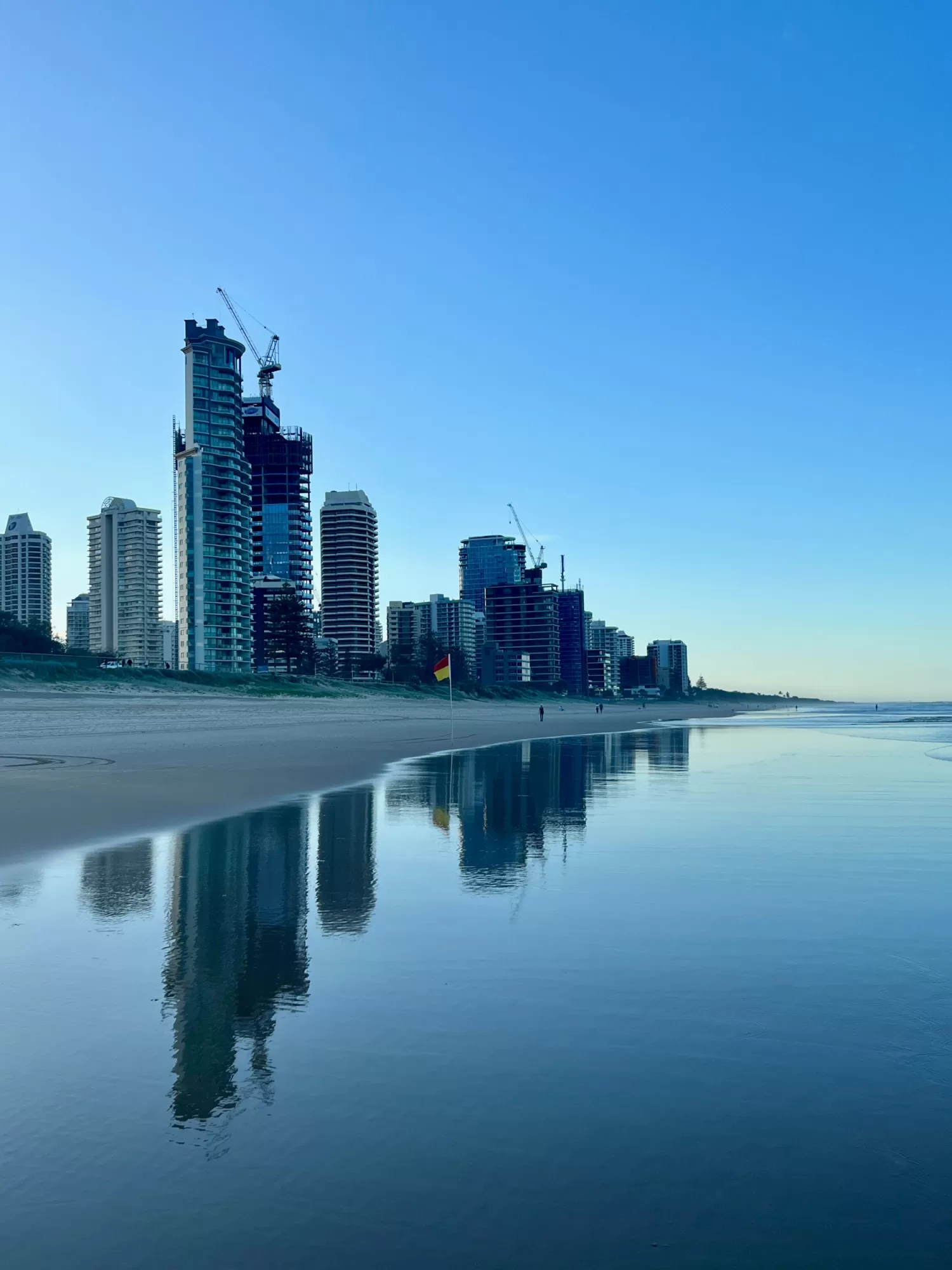
Accommodation Options While Caravanning
When travelling around Australia with your caravan, you’ll have a variety of accommodation options to choose from:
Caravan Parks
Caravan parks are specifically designed to cater to travellers with caravans or RVs. They typically offer powered and unpowered sites, amenities such as showers and toilets, laundry facilities, and sometimes recreational facilities like swimming pools or playgrounds. Look for caravan parks affiliated with networks like BIG4, Top Parks, Discovery Parks, NRMA, G’day, or RAC which offer consistent standards and often have loyalty programs or memberships that provide discounts on accommodation, although they come with a higher price as well.
Campgrounds
Campgrounds are another popular option for caravanners, offering basic facilities such as toilets and water taps. They may be located in national parks, state forests, or other scenic areas, providing a closer connection to nature. Some campgrounds require bookings in advance, especially during peak seasons or at popular destinations.
Free Campsites
Free campsites are budget-friendly options for travellers looking to save on accommodation costs. These sites may have limited facilities or be located in more remote areas, but they offer the opportunity to experience Australia’s natural beauty without the expense. Be sure to research local regulations and guidelines for free camping, as some areas may have restrictions or require permits.
Alternative Accommodations
In addition to traditional caravan parks and campsites, consider alternative accommodations such as farm stays or staying on private properties. Farm stays offer a unique opportunity to experience rural life and may include activities like animal feeding or farm tours. Websites like Hipcamp or Airbnb may also have listings for caravan-friendly properties alternatively there is the option of sharing driveways where you can park overnight for a fee. Learn more in our article.
Tips for Saving on Accommodation
To save money on accommodation, consider joining membership programs offered by caravan park networks or using apps like WikiCamps or CamperMate to find affordable campsites. Take advantage of off-peak rates, book in advance during holidays or peak seasons, and consider sharing costs by participating in driveway sharing or joining free camping Facebook groups. For the ultimate accommodation cost-sharing list click here.
By exploring these accommodation options and utilizing cost-saving strategies, you can make the most of your caravan adventure around Australia while staying within your budget.
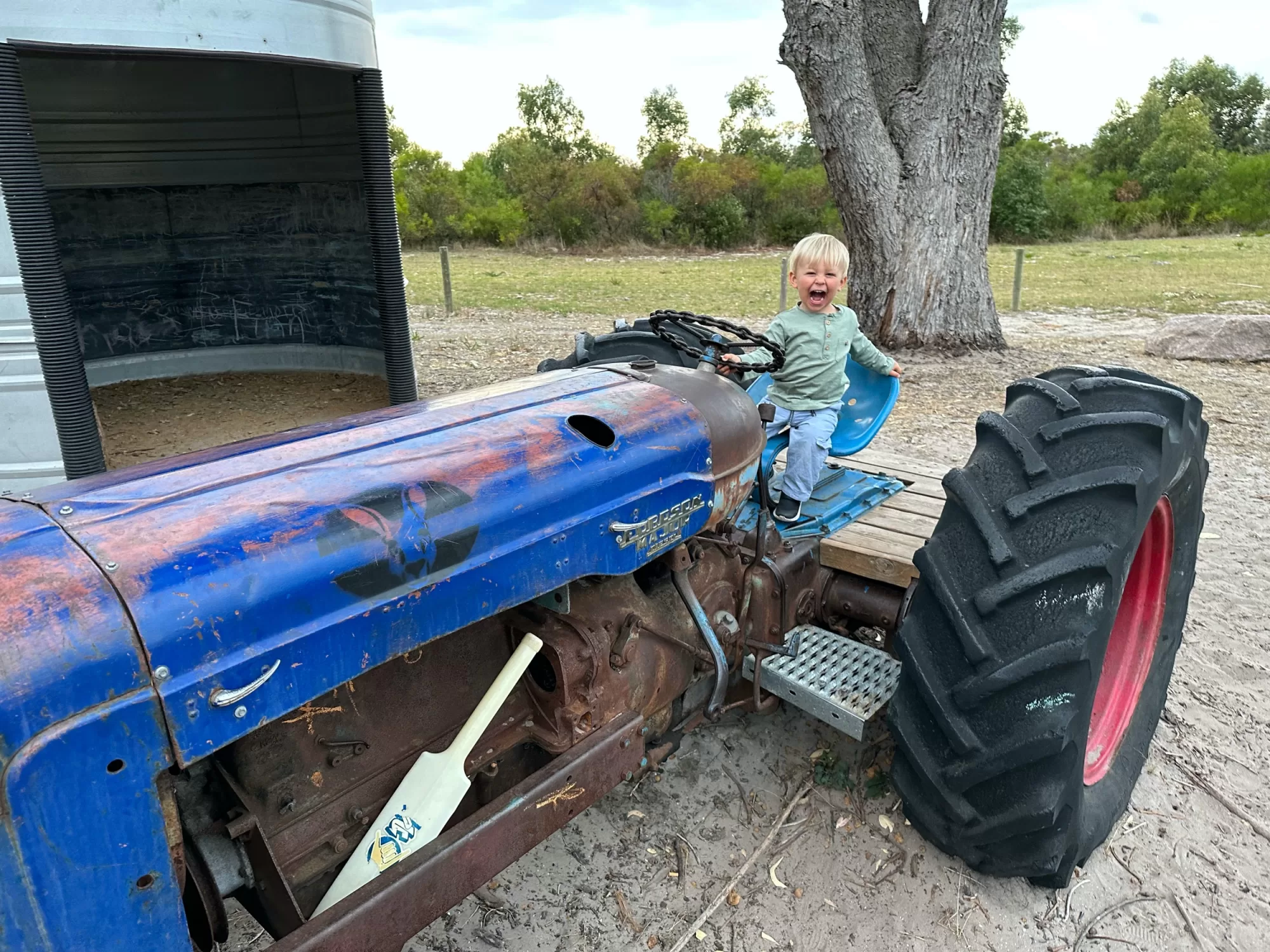
Travel Logistics
When planning your road trip around Australia, it’s essential to consider the logistics of transportation:
Booking Flights
If you’re travelling from overseas or a significant distance within Australia, booking flights will be a very significant step. Research airlines and compare prices to find the best deals. Consider factors such as baggage allowances, flight times, number of stopovers, and layover durations. These details are important especially if you are travelling with a baby or toddler. For more information about flying with a baby read here. Once you’ve booked your flights, be sure to arrange ground transportation for shorter trips within Australia, such as rental cars or public transportation.
Choosing Transportation Options
When it comes to exploring Australia’s vast landscapes, you’ll need to decide on the best mode of transportation for your journey. Options include cars, campers, caravans, station wagons, buses, or even motorcycles for the more adventurous travellers. Consider factors such as the size of your family, the duration of your trip, and the type of terrain you’ll be traversing. Each option has its advantages and drawbacks, so choose the one that best suits your needs and preferences. Check out our related article.
Finding and Renting or Purchasing Your Vehicle
If you’re opting for a road trip adventure in a vehicle, you’ll need to find the right one for your journey. For shorter trips consider renting a vehicle to save time (not money though), for longer trips we would recommend purchasing your own fleet. Consequently, decide whether you want to buy a new or used vehicle and research reputable dealerships or private sellers. Online platforms like marketplace websites, Gumtree, or Facebook groups dedicated to caravan and camping sales can be valuable resources for finding a vehicle that meets your specifications, plus it saves you the dealership’s provision. Consider factors such as vehicle size, fuel efficiency, towing capacity (if you’ll be towing a caravan), and any additional features or modifications you may need for your trip, for all the pro tips see this article.
By carefully considering these travel logistics and making informed decisions, you can ensure a smooth and enjoyable road trip experience around Australia.

Basic Information
Before embarking on your Australian road trip adventure, it’s crucial to familiarize yourself with some essential information to ensure a smooth and enjoyable journey:
Local Amenities and Services
Australia offers modern amenities and services, but it’s essential to know what to expect. Electricity operates on 220-240 volts AC, so be sure to bring suitable adapters for your electronic devices. Access to clean water is readily available in urban areas, but it may be limited in more remote regions, so consider carrying a portable water filtration system or purchasing bottled water. Australia uses the International System of Units (SI), so you will be driving in km/h and buying fuel in litres, etc. Familiarize yourself with the opening hours of the current state in WA for instance the majority of retail stores and services (except for major grocery stores) close around 4-5 pm. Public restrooms are free, fuel stations can be (or are) accessed from both directions, and the biggest grocery store chains are Coles, Woolworths (or Woolies for locals), Aldi, and IGA along with other local stores that you will find all around Australia.
Adapting to Australian Customs
Australia has its own unique customs and cultural practices that you should be aware of as a visitor. While tipping is not mandatory, it is appreciated for exceptional service in restaurants, taxis, and hotels and it is about 5-10%. Australians are generally very friendly, chatty, and polite, so be sure to greet people with a friendly “hello” or “g’day.” Familiarize yourself with Australian English slang and phrases, such as “mate” for friend and “barbie” for barbecue. Australia’s currency is the Australian dollar (AUD), and credit cards are widely accepted, but it’s always a good idea to carry some cash for smaller transactions.
Safety Precautions and Emergency Protocols
Australia is a safe destination for travellers, but it’s essential to take common-sense safety precautions. Obey traffic laws, wear seat belts, and avoid driving under the influence of alcohol or drugs. Alcohol is not permitted under the age of 18, and there are designated areas where public drinking is not allowed.
In case of emergencies, dial 000 for immediate assistance from police, fire, or ambulance services. Familiarize yourself with emergency evacuation procedures, first aid techniques, and the location of medical facilities along your route. Be mindful of the unique hazards of the Australian landscape, such as extreme weather conditions, wildlife encounters, and natural disasters like bushfires and floods. Be aware of the omnipresent signs that are there for your safety (in case of any hazard or danger) or alternatively stating the amount of the fine in case of any rule breach.
By understanding and adhering to these basic guidelines, you can ensure a safe and enjoyable road trip experience in Australia.
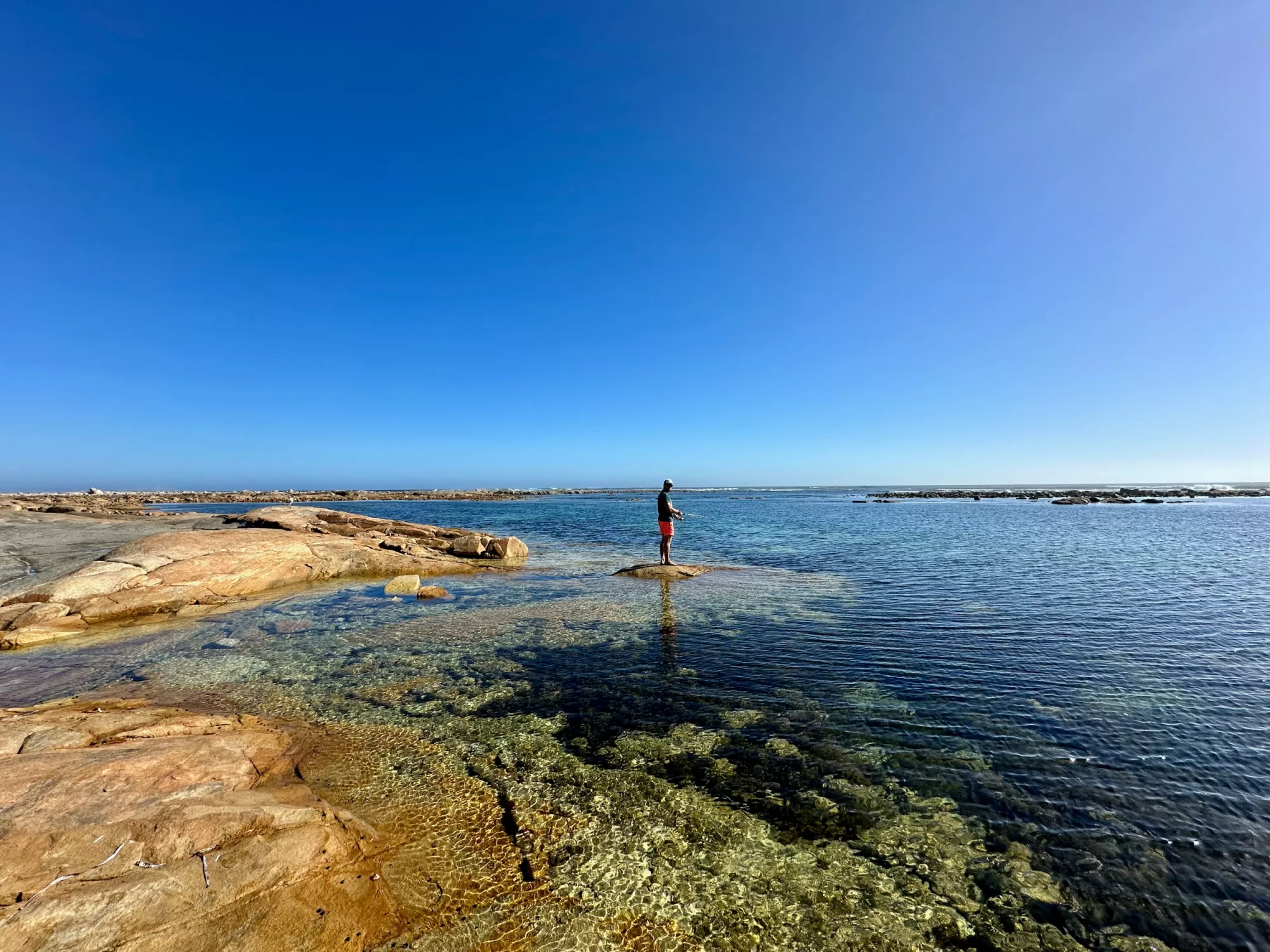
Good to Know
As you gear up for your Australian road trip, delve into these crucial details to enhance your travel readiness:
Wi-Fi Availability and Cellular Coverage
While urban areas boast robust Wi-Fi and cellular coverage, remote regions may have limited connectivity, in fact, in the outback, rest areas, and National parks we hardly ever have good or any connection. Telstra, Optus, and Vodafone are major providers, with Telstra offering the broadest coverage especially in regional and outback locales, unfortunately, it comes with higher prices. For a reliable and stable connection, we would recommend Starlink.
Natural Hazards Awareness
Australia’s diverse landscapes come with unique natural hazards. Stay abreast of weather conditions and potential hazards such as floods and bushfires by monitoring local news and official government websites, like https://myfirewatch.landgate.wa.gov.au/map.html# .
Although floods and bushfires can occur at any time of the year, from October to April, Australia experiences its peak season for extreme weather conditions, including flooding, tropical cyclones, bushfires, and severe thunderstorms. Coastal areas are particularly vulnerable during hurricane season, spanning from June to November, while the Midwest faces increased flood risks in the spring and during heavy summer rains. Bushfires are also a year-round threat in Australia, with different regions experiencing peak seasons at different times. In the northern part of the country, the peak bushfire period occurs during the dry season, typically spanning from winter to spring. Conversely, southern Australia sees bushfire activity peak during the summer and autumn months. While these hazards pose real risks, rest assured that authorities diligently monitor and manage them. In some cases, controlled burns are conducted to mitigate fire risks and rejuvenate ecosystems. Stay informed about weather forecasts and heed official warnings to ensure your safety during your travels.
Local Wildlife and Encounters
Australia boasts an array of unique wildlife like kangaroos, koalas, emus, etc., apart from the rest encounters with jellyfish, crocodiles, sharks, snakes, and spiders can lead to injury or even death. Exercise caution and pay attention to warning signs in areas prone to wildlife encounters. Respect wildlife habitats and maintain a safe distance to avoid potentially dangerous situations. Familiarize yourself with first aid procedures for common wildlife-related injuries, as well as with the most venomous and poisonous animals, so you can identify the risk. Avoid driving around dawn and dusk when kangaroos and other wildlife are most active to minimize the risk of collisions. We recommend you to use Shoo roo.
Other Useful Information
Australia spans six states and two territories, each with its own capital city. The country also encompasses numerous islands, with notable ones like Tasmania and Kangaroo Island. Australia’s vast landmass covers approximately 7.7 million square kilometers, boasting over 25,000 kilometers of coastline. For information on drone permits, contact the Civil Aviation Safety Authority (CASA). Different states have varying regulations regarding entry fees for national parks and use different time zones, so familiarize yourself with the specific requirements of each region you plan to visit. Be aware that there is a border quarantine between some of the states and you are not allowed to take certain food from one state to another. More info here
Fishing
Australia’s diverse waterways offer exceptional fishing opportunities, from coastal regions to inland rivers and lakes. Before casting your line, ensure you have the necessary fishing permits, which may vary between states. Research the types of fishing available, to tailor your experience to your preferences. Be aware that some states require fishing permits for recreational fishing from the age of 18, so check local regulations before embarking on your angling adventures.
Mastering these essential aspects of Australian travel equips you with the knowledge and readiness for a safe, rewarding, and unforgettable road trip adventure.
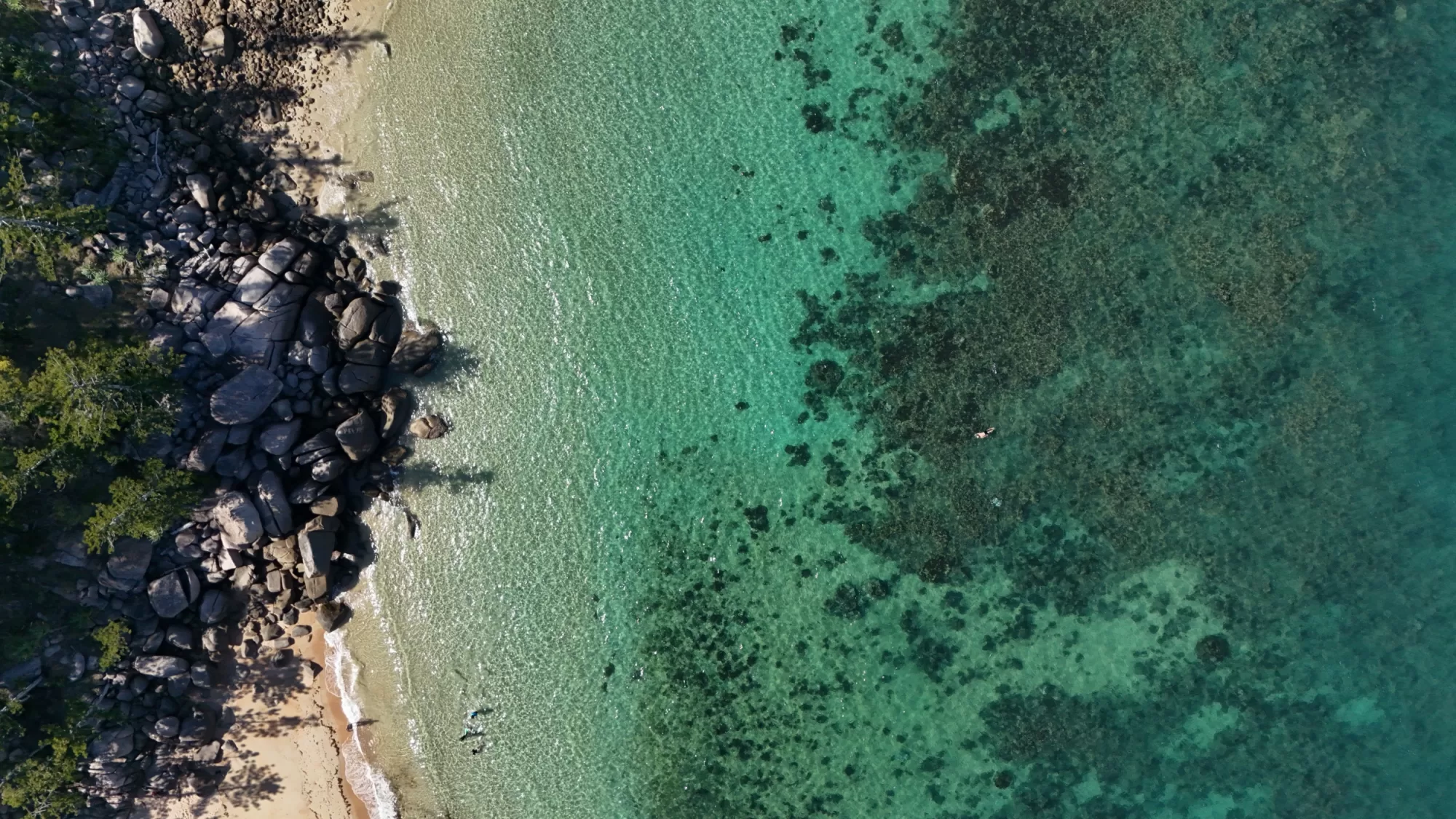
Health and Safety
Ensuring your health and safety is paramount while exploring Australia’s diverse landscapes. Here are some essential tips to keep in mind:
Protecting Against Sun Exposure and Dehydration
Australia’s sun can be intense, especially during the summer months. Remember the “Slip, Slop, Slap, Seek, Slide” rule: Slip on protective clothing, Slop on sunscreen, Slap on a hat, Seek shade, and Slide on sunglasses. Additionally, be mindful of timing your outdoor activities to avoid the hottest part of the day between 10 am and 4 pm. Consider using beach tents with a special sun reflection layer or umbrellas for added protection, especially with babies and toddlers. Carry enough water with you and drink regularly.
Preparing for Medical Emergencies
Australia’s vast and varied terrain means access to medical facilities may be limited in some areas. Be prepared for medical emergencies by carrying a well-stocked first aid kit and knowing basic first aid procedures. Keep in mind that Australia has one of the highest rates of skin cancer in the world due to the depletion of the ozone layer, so be diligent about sun protection and regularly check for any unusual skin changes.
Following Safety Guidelines for Outdoor Activities
When participating in outdoor activities and adventures, it’s essential to prioritize safety. Be aware of ocean currents when swimming at the beach and always swim between the designated flags (yellow and red), which indicate the safest areas. Heed warning signs and do not swim where it is not permitted, particularly in areas known for dangerous marine life or strong currents. Rip current picture, waves, and rip current pic
By taking these precautions, you can enjoy your Australian adventure while safeguarding your health and well-being.
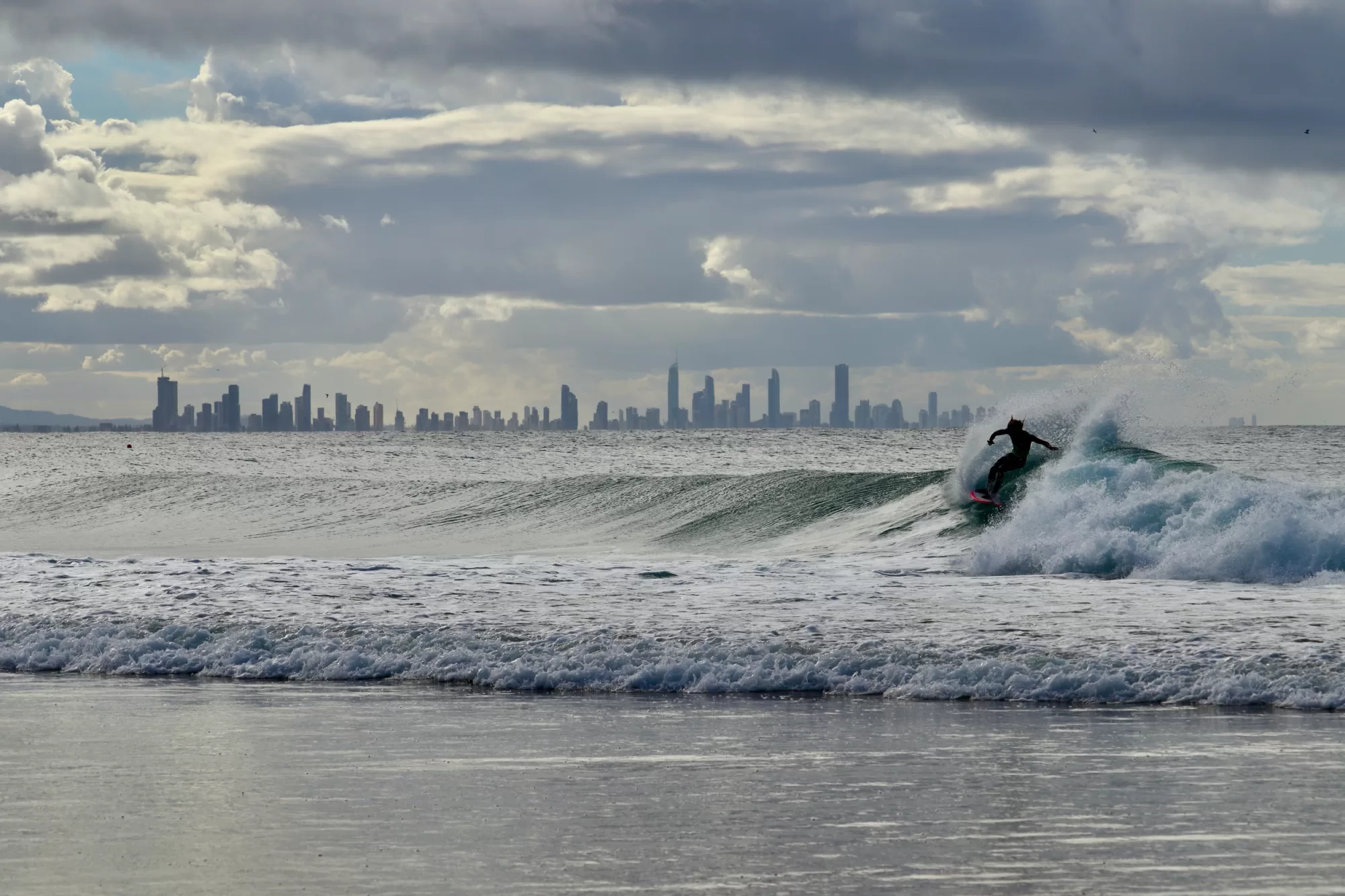
Lifestyle and Culture
Exploring Australia goes beyond its natural beauty; it’s an opportunity to immerse yourself in its rich cultural tapestry. Here’s what you need to know:
Embracing Australia’s Diverse Cultural Landscape
Australia is home to a vibrant Indigenous culture, with Indigenous peoples preserving their heritage through art, dance, and storytelling. Explore Indigenous protected areas with the appropriate permits to learn about their ancient connection to the land. Don’t miss the chance to experience traditional Indigenous instruments like the didgeridoo and learn the art of throwing a boomerang. Australia is a melting pot of cultures, with influences from Indigenous peoples (Aboriginal and Torres Strait Islander people of Australia), European settlers, and migrants from around the world. Along your way you will have plenty of opportunities to soak up the cultural diversity through festivals and local communities, we love to go to local farmers markets or seasonal events. Just ask around or look up what’s on wherever you go and you will be surprised how much is happening. For bigger or special events book in advance.
Learning About Indigenous Heritage and Traditions
Gain insight into Australia’s Indigenous heritage by visiting cultural centers, and art galleries, and participating in Indigenous-led tours. Learn about the Dreamtime stories, traditional hunting and gathering practices, and the significance of sacred sites. Be sure to respect Indigenous cultural protocols and seek permission before entering certain areas.
Immersing in Local Slang, Cuisine, and Lifestyle Norms
Aussies, as Australians are affectionately called, are known for their friendly and laid-back nature. Embrace the Aussie way of life by picking up on their unique slang, from “G’day” to “mate.” Australians love their shortened words, like “brekkie” for breakfast, “barbie” for barbecue, and “arvo” for afternoon. Don’t be surprised if you’re offered a “bikkie” (biscuit) with your “cuppa” (cup of tea). Aussies are always ready to lend a helping hand and are known for their hospitality. Sample some of their iconic Australian cuisine like meat pies, lamingtons, and Vegemite (proceed with caution!). So, slip into your “thongs” (flip flops), grab a “snag” (sausage) from the “servo” (service station), and join in the Aussie way of life. For a more detailed list of Aussie slang and shortened words click here.
By embracing Australia’s diverse culture and traditions, you’ll gain a deeper appreciation for this vast and fascinating country.
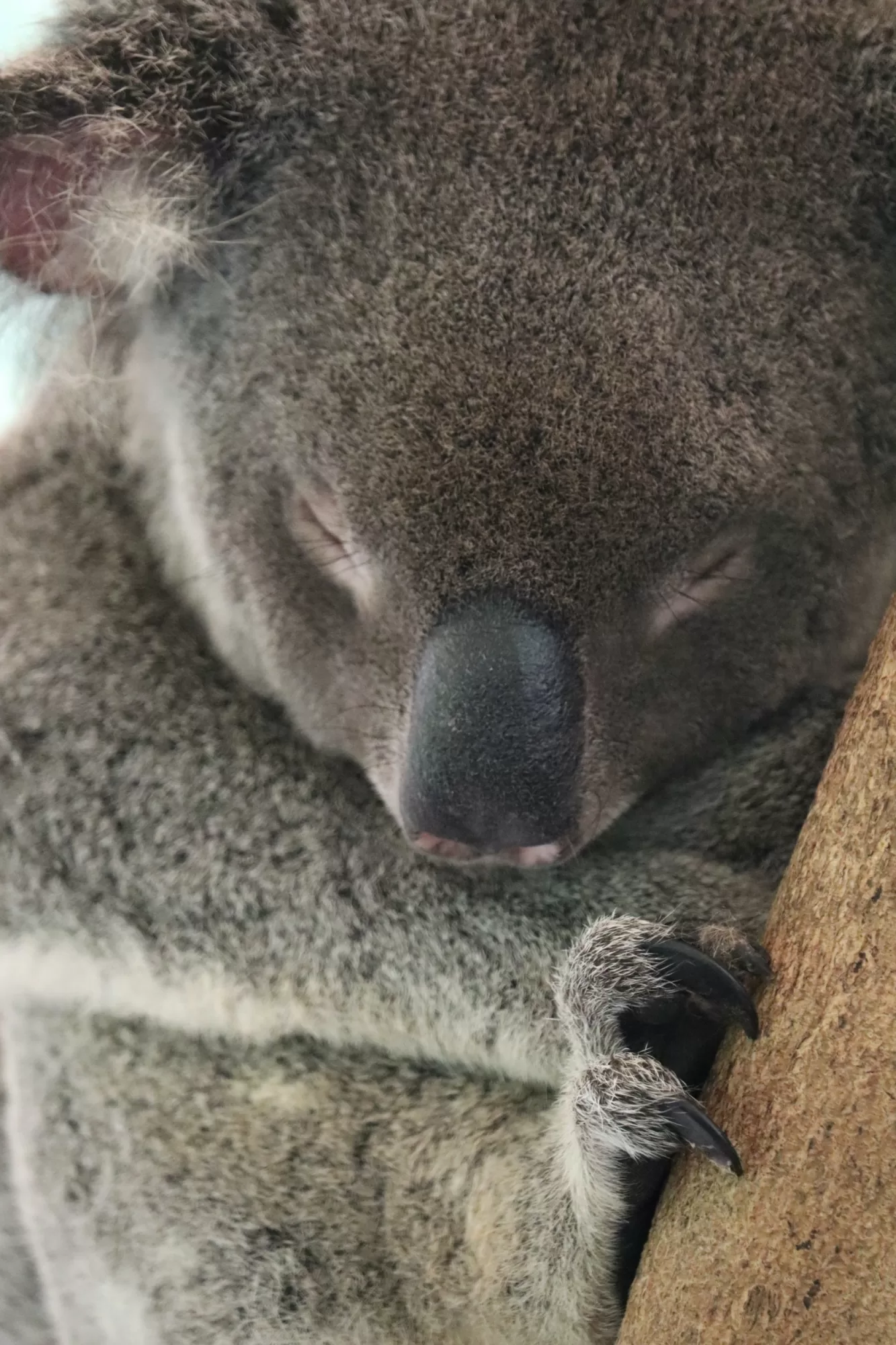
Animals and Wildlife
Australia is renowned for its unique wildlife, from cuddly koalas to slithering snakes. Here’s what you need to know to safely enjoy encounters with Australia’s fauna:
Identifying Common Australian Fauna and Wildlife Habitats
Keep an eye out for iconic Australian animals like kangaroos, wallabies, koalas, wombats, and emus, which can often be spotted in their natural habitats such as national parks, forests, and coastal regions, unfortunately, the most common sight of them is being hit by the road, so take all the safety measures to avoid any risks. Learn about the “big five” animals – kangaroos, koalas, wombats, echidnas, and platypus – which represent some of Australia’s most iconic wildlife species.
Understanding Safety Precautions around Native Animals
When driving in rural areas, be cautious of wildlife crossing the roads, particularly at dawn and dusk when kangaroos and other animals are most active. Install a “shoo roo” device on your vehicle to deter animals from approaching, drive slowly, and install spotlights to be able to spot them from a distance. Take precautions while swimming in coastal areas to avoid encounters with jellyfish, crocodiles, and sharks. Adhere to safety signage and guidelines provided at beaches and national parks. For a comprehensive overview of the most dangerous animals click here.
Enjoying Wildlife Encounters Responsibly and Ethically
Respect wildlife by observing from a safe distance and refraining from feeding or disturbing them. Avoid approaching or attempting to touch wild animals (especially the tail of the kangaroo), as this can disrupt their natural behaviors and habitats.
Interesting Facts
Australia is home to some of the world’s most unique and diverse wildlife. Many Australian animals, such as spiders, snakes, and insects, can be larger and more venomous than those found in other regions. Keep an eye out for colorful parrots and cockatoos, which are known for their loud calls and vibrant plumage. Rare species like the Cassowary, found in the rainforests of North Queensland, and Platypus, which inhabit freshwater streams and rivers in eastern Australia, offer unique opportunities for wildlife enthusiasts. Don’t miss the chance to witness majestic whales along the east and west coasts, with popular whale-watching destinations including Hervey Bay, Byron Bay, and Albany. Swimming with dolphins is a bucket-list experience in places like Monkey Mia in Western Australia or Nelson Bay in Port Stephens, while shark cage diving adventures are available in locations such as Port Lincoln, South Australia.
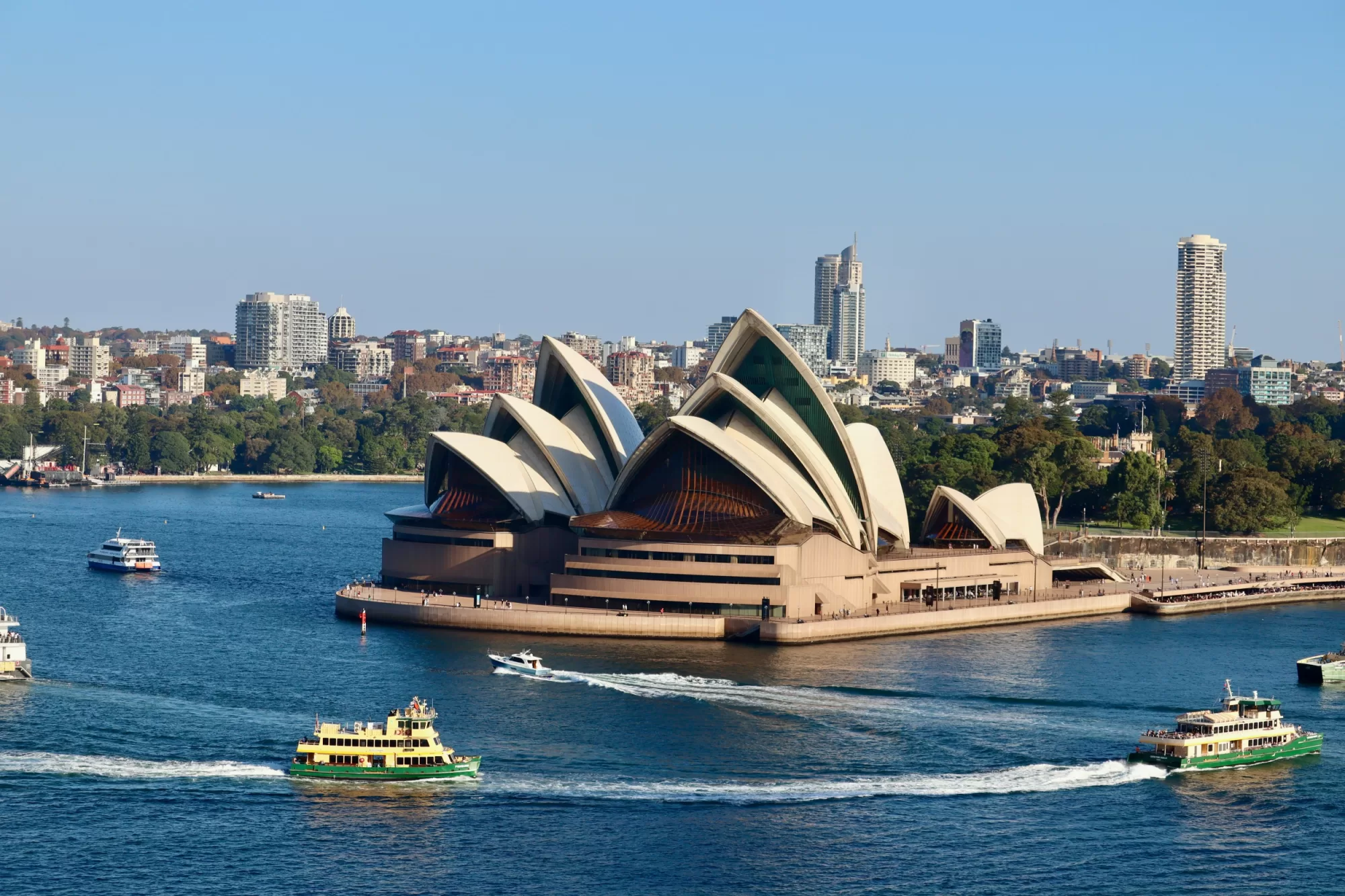
Landscape and Landmarks
Australia boasts a stunning array of landscapes and landmarks, offering travelers a diverse tapestry of natural wonders to explore:
Exploring Australia’s Iconic Natural Wonders and Landmarks
From the vast expanses of the Outback to the pristine beaches of the Great Barrier Reef, Australia is home to some of the world’s most breathtaking natural attractions. Discover the rugged beauty of the Australian Outback, with its expansive deserts, dramatic gorges, and ancient rock formations. Explore the lush rainforests of Queensland, where towering trees and cascading waterfalls create a verdant paradise. Experience the awe-inspiring beauty of the Great Barrier Reef, a UNESCO World Heritage Site teeming with vibrant coral reefs and marine life.
Discovering Diverse Landscapes
Australia’s landscapes are as varied as they are spectacular. Explore the golden sands and azure waters of its stunning coastlines, where world-renowned surf breaks and secluded coves await. Traverse the rugged terrain of the Australian Alps, where snow-capped peaks and alpine meadows offer endless opportunities for outdoor adventure. Journey through the rolling hills and vineyards of Australia’s wine regions, sampling world-class wines along the way. Discover the unique flora and fauna of Australia’s national parks, from the ancient forests of Tasmania to the red-rock gorges of the Northern Territory. For more information about unique things to do in Australia click here.
Planning Visits to Famous Landmarks and National Parks
No trip to Australia would be complete without visiting its most iconic landmarks and national parks. Marvel at the architectural marvels of Sydney, including the iconic Sydney Opera House and Sydney Harbour Bridge. Drive along the stunning Great Ocean Road, where dramatic cliffs and rock formations line the rugged coastline. Explore the otherworldly landscapes of Uluru-Kata Tjuta National Park, home to the sacred monolith of Uluru. Discover the natural wonders of Kakadu National Park, where ancient rock art and diverse wildlife await. Experience the pristine beauty of Fraser Island, the world’s largest sand island, and Kangaroo Island, a haven for native wildlife. Embark on an adventure into the heart of the Australian Outback, where vast desert landscapes and star-filled skies await.
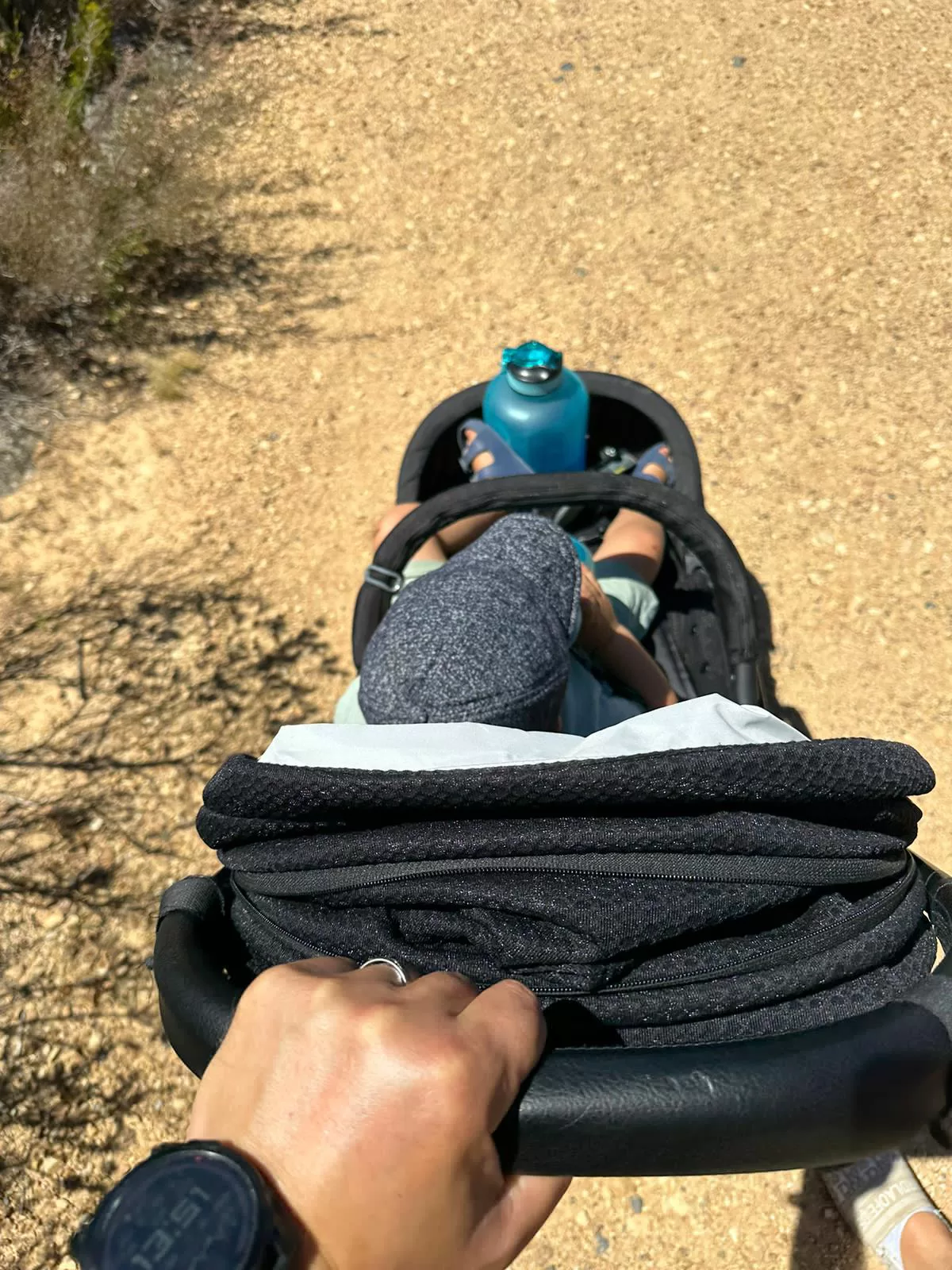
Baby Travel Essentials
Traveling with infants and toddlers requires careful planning and preparation to ensure their comfort and safety throughout the journey. Here are some essential tips and strategies for parents embarking on a road trip with young children:
Traveling by Plane
My very first tip would be to have a good night’s sleep before, so you are well-rested and prepared for what’s to come. It will be long and tiring and if you are anything like me, you won’t be sleeping much on a plane or in between so by the end of it you will be utterly exhausted, but you are done (and in our case our next flight will be a year time so thats enough time to recover).
Prepare for Takeoff
When flying with a baby, pack essentials such as diapers, wipes, feeding supplies, and a change of clothes in your carry-on bag for easy access during the flight. Consider packing extra diapers in a separate diaper bag for easy access during travel. Bringing a baby carrier or sling to keep your hands free while navigating the airport is life-saving, if you have a toddler, he will love to take a ride on the suitcase or if you checked in your pram borrow one from the airport.
Comfortable Seating and sleeping
Request a bassinet or bulkhead seat when booking your flight to provide extra legroom and space for your baby to move around during the flight. An inflatable airbed is a great option for kids who do not fit in a bassinet anymore. Only buy the official accredited version otherwise they will not allow you to inflate it. Consider bringing a travel pillow or neck pillow to provide added comfort during long flights. Insider tip: bring a shading scarf or blanket with you so you can make sleeping easier for your little one. Don’t forget to bring along comfort items such as a favorite blanket, stuffed animal, or pacifier to help soothe your child during travel. Consider packing a travel pillow or neck pillow to provide added comfort during long journeys.
Feeding on the Go
If you’re nursing, bring a nursing cover for privacy during feeding times, or pack bottles and formula for bottle-feeding on the plane. Consider feeding your baby during takeoff and landing to help alleviate ear pressure and discomfort. If you have a toddler food pouches and drinking work very well during take-off and landing. You can absolutely ask for warm milk or water if needed and some airlines even offer baby food if you wanna give it a go. And our tip when food is served on the plane, so you won’t make the same rookie mistake as we did, is, to take turns, your husband eats and you entertain the baby and then you switch, otherwise the coke gets spilled on your shoes, the salad lands over your pants and all over the floor and not only your baby will have to change clothes.
Entertainment
Bring along a variety of toys, books, and interactive games to keep your baby entertained and distracted during the flight. Select toys and games that are lightweight, portable, and suitable for your child’s age and interests. Consider bringing along coloring books, stuffed animals, and interactive toys to keep your child entertained during travel. There will be a tremendous amount of new things for your bubba to explore so do not pack too many toys. Consider downloading baby-friendly apps or videos on your phone or tablet for additional entertainment options. For more flying tips with toddlers click here.
Be Flexible
Be prepared for unexpected delays or changes in schedule, and remain flexible and adaptable to your baby’s needs throughout the journey. For landing and taking off your tot will have to have a seat belt on so you might have to wake him or her up. The same goes for the security checks, even during your overlay you will go through some checks and your baby will have to be taken out of the stroller, so they can scan it. Stay calm and patient, and don’t hesitate to ask for assistance from flight attendants or fellow passengers if needed.
Packing Essentials
When traveling by car, pack essential items such as diapers, wipes, feeding supplies, and a change of clothes in an easily accessible diaper bag. Pack a change of clothes for your baby, as well as lightweight sleepwear and blankets for nap times and bedtime. Consider using a car organizer or storage bins to keep items organized and within reach during the journey, we have a storage box containing all the essentials while on the road, it contains some snacks for us and the baby, swimwear, quick-dry towels, worm clothes, spare shirt, and shorts, spare thongs, raincoats or ponchos, plasters and disinfectant and nappies
Don’t forget to pack any necessary medications, as well as favorite toys and comfort items to help soothe your baby during the journey. The complete packing list is here.
Tips for Managing Baby Care on the Road
Traveling with a baby can be challenging, but with some careful planning, you can help minimize stress and ensure a smooth journey. Consider scheduling rest stops along your route to allow your baby to stretch and play. Be prepared to adapt your schedule to accommodate your baby’s needs, including feeding and nap times. Keep a portable changing pad and diaper bag handy for quick diaper changes on the go. Plan your travel itinerary around your baby’s schedule to ensure a smoother journey.
Snacks and Refreshments
Pack a variety of healthy snacks and drinks to keep your child nourished and hydrated during travel. Opt for portable snacks such as fruit and vegetable slices, crackers, cheese sticks, pouches, and juice boxes that are easy to pack and consume on the go.
Creating a Comfortable and Safe Environment
Safety should be a top priority when traveling with young children. Ensure that your baby’s car seat is properly installed and meets safety standards. We opted for a higher car seat, which keeps the baby entertained by observing the journey’s wonders. Consider investing in a travel crib or portable bassinet to provide a safe and comfortable sleeping environment for your baby during your trip. When choosing accommodations, look for family-friendly caravan parks that offer amenities such as a pool, playground, and high chairs. Make sure to pack comforting items like a beloved blanket, stuffed toy, or pacifier to help calm your child while traveling. Additionally, consider including a travel pillow or neck pillow for extra comfort during extended trips.
Entertainment and Distractions
Keeping your baby entertained during long car rides can help make the journey more enjoyable for everyone. Pack a variety of toys, books, and interactive games to keep your baby engaged and entertained. Consider playing soothing music or audiobooks to help lull your baby to sleep during nap times. While traveling you will have limited storage space so choosing the right toys is „lifesaving“, once your bud gets bored of the usual toys be creative! Here are some tips.
Health and Safety
Be prepared for any unexpected emergencies by carrying a first aid kit with essential supplies such as bandages, antiseptic wipes, and fever-reducing medications. Familiarize yourself with local medical facilities along your route in case medical attention is needed. Additionally, be mindful of potential hazards such as hot surfaces in the car or sharp objects within reach of your baby. Do not forget the baby-proofing equipment of your caravan, after all that will be your new home for a while.
Travel Gear
Invest in travel-friendly gear such as a lightweight stroller that you can take aboard, a baby carrier, or a hiking chair backpack to help you navigate various travel scenarios with ease. Consider getting a portable high chair or booster seat that you can use indoors and outdoors as well, same goes for a portable travel crib or bassinet for a comfortable sleeping environment.
By packing essential supplies, creating a comfortable environment, and providing entertainment and distractions, you can help ensure a smoother and more enjoyable travel experience for your family with young children, whether you’re traveling by car or plane. Remember to stay flexible, patient, and prepared for any unexpected challenges that may arise during the journey.
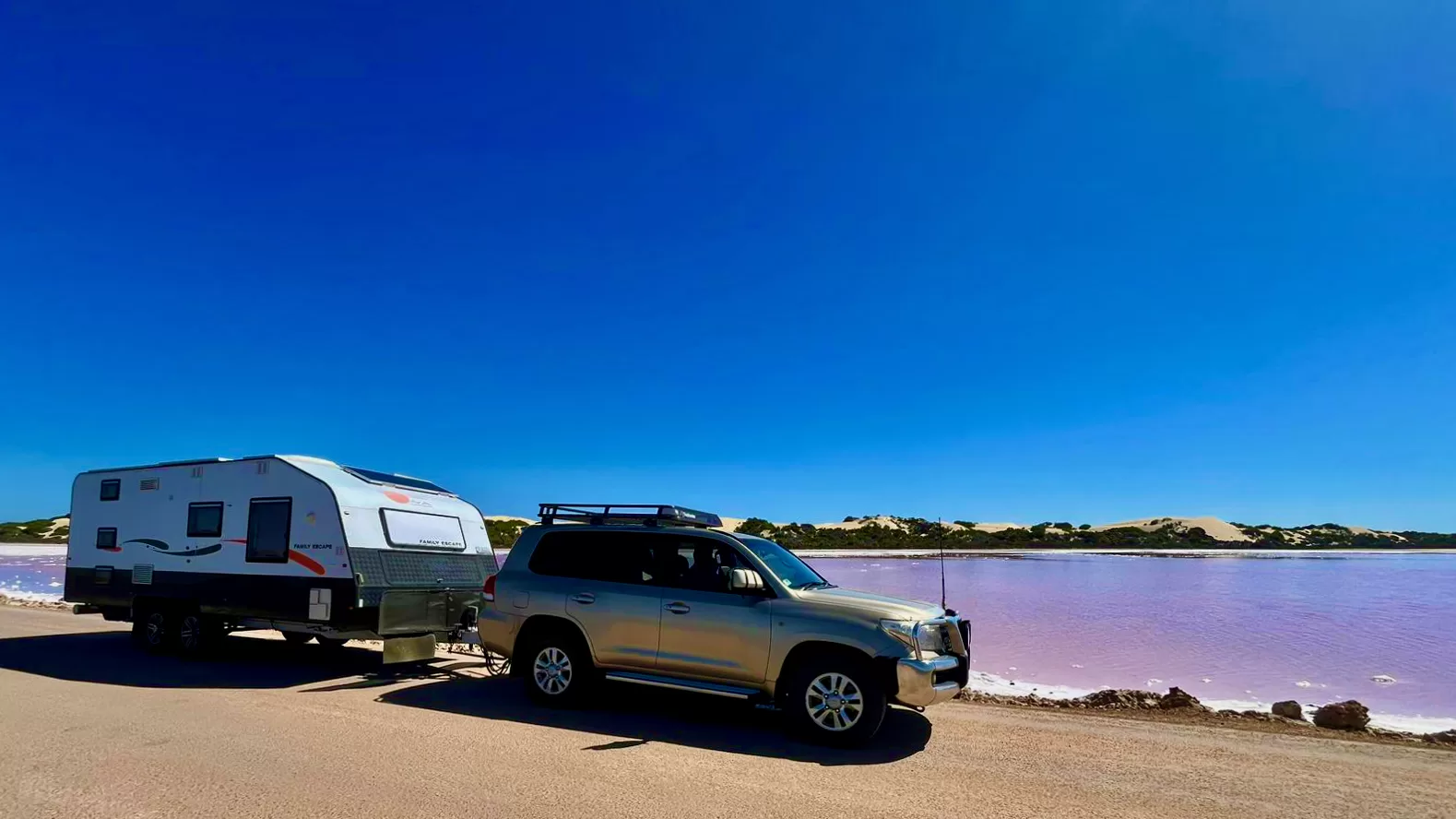
Caravanning and 4WD Essentials
When embarking on a road trip around Australia, ensuring you have the right gear and equipment is crucial for a safe and enjoyable journey.
Essential Gear and Equipment
Before hitting the road, make sure your caravan is equipped with essentials such as a first aid kit, fire extinguisher, tool kit, spare tires, and emergency supplies like food and water. Additionally, consider investing in a reliable GPS navigation system and communication devices for remote areas. Don’t forget to review your car and caravan insurance policies to ensure adequate coverage for your trip. If available, consider options such as car assistance programs and extended warranties for added peace of mind.
Vehicle Maintenance
Regular maintenance checks are essential for both your vehicle and caravan. Ensure that brakes, tires, lights, and suspension are all in good condition. It’s also a good idea to have your vehicle serviced before embarking on a long journey to prevent any unexpected breakdowns. Consider taking a towing course to familiarize yourself with towing techniques and safety procedures.
Safety Precautions
When towing a caravan or driving off-road, safety should be a top priority. Always adhere to speed limits and road rules, especially in unfamiliar terrain. Be aware of the weight limits of your vehicle and caravan, and distribute weight evenly to prevent swaying. Familiarize yourself with the operation of your caravan’s brakes and towing systems, and practice safe driving techniques when navigating challenging terrains. Check out our new article about driving tips.
Navigating Challenging Terrains
Australia’s diverse landscapes offer a range of terrains, from rugged outback tracks to sandy beaches and mountainous regions. When traveling off-road or through remote areas, it’s essential to be prepared for the challenges you may encounter. Equip your vehicle with recovery gear such as a snatch strap, shovel, and traction aids like sand tracks or MaxTrax. Familiarize yourself with basic recovery techniques and always travel with a companion or let someone know your itinerary.
By ensuring you have the right gear, maintaining your vehicle properly, and practicing safe driving habits, you can enjoy a smooth and trouble-free journey while caravanning and exploring the beautiful landscapes of Australia.
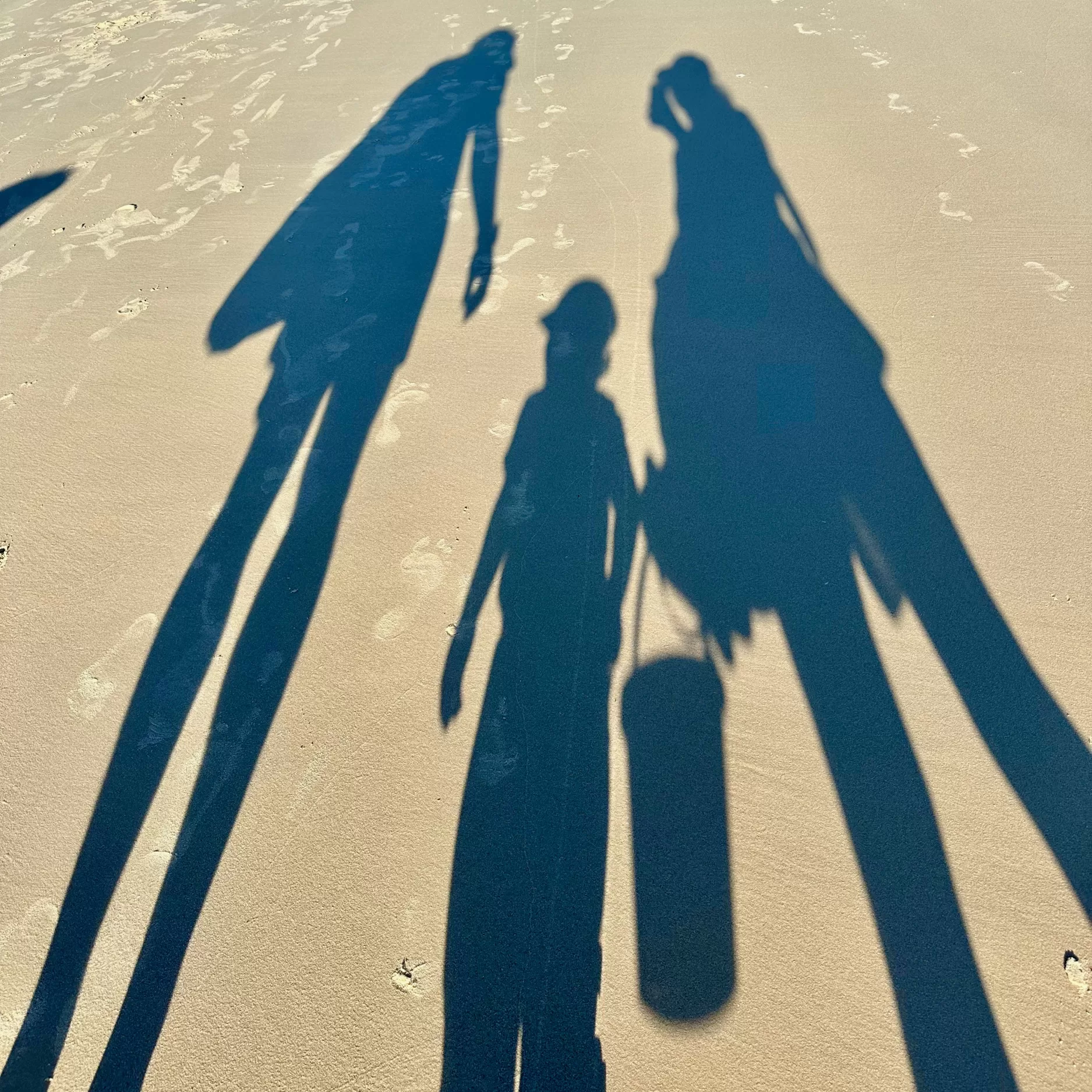
What Not to Pack or Bring
Packing smart is essential for a successful road trip, and knowing what not to bring can save you valuable space and hassle along the way.
Avoiding Unnecessary Items
It’s easy to overpack, but remember, less is often more when it comes to travel. Stick to essentials and versatile pieces that can be mixed and matched. Consider the climate of your destination and pack accordingly; for warm climates, limit heavy winter clothing to one or two items. Similarly, opt for multi-purpose shoes and limit yourself to a few pairs to save space in your luggage. Avoid bringing duplicate items or things you can easily purchase along the way. Pack lightweight and quick-dry clothes from natural materials.
Kids Packing
When packing for children, resist the urge to bring their entire wardrobe. Babies, in particular, outgrow clothing quickly, so pack only what you need for the duration of the trip. Opt for collapsible or suction dishes for meals and limit toys to a select few to prevent clutter in the caravan.
Streamlining Packing
Maximize space in your suitcases by rolling clothes instead of folding them and using packing cubes or compression bags to organize belongings. Prioritize items that serve multiple purposes, such as versatile clothing and compact toiletries, to minimize the number of items you need to bring. Remember to leave room for any souvenirs or items you might acquire during your travels.
Minimizing Clutter
Keep your living space tidy and organized by regularly decluttering and stowing away items when not in use. Designate specific storage areas for different items to maintain order and make it easier to find what you need. Opt for collapsible storage solutions or hanging organizers for small items and invest in multi-functional items to make the most of limited space in the caravan. By maintaining a clutter-free environment, you’ll enhance both comfort and convenience during your travels.
Maximizing Convenience
Prioritize packing items that will enhance your comfort and convenience on the road. Essentials such as a portable cooler for drinks and snacks, a quality travel mug for hot beverages, and a reliable charging station for electronic devices can make life on the road much more enjoyable. Don’t forget to pack essential safety items such as a roadside emergency kit and a spare tire.
By being selective about what you pack and focusing on essentials, you can streamline your packing process, maximize space in your vehicle, and ensure a more enjoyable and stress-free road trip experience.


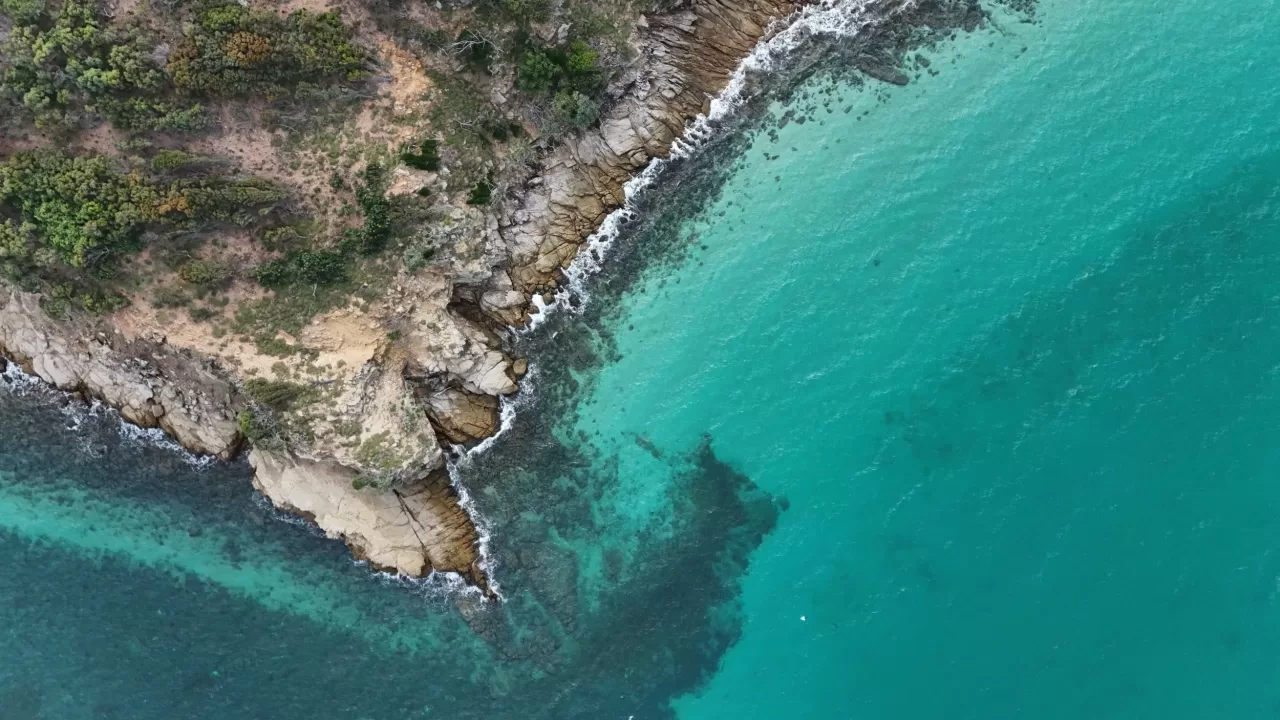
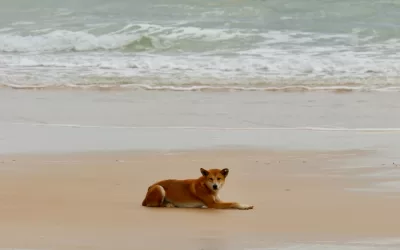
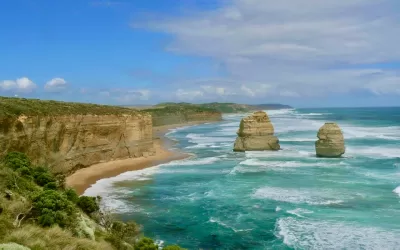

0 Comments